
June 8 this year is "Cultural and Natural Heritage Day". On the afternoon of June 7, the main venue event in Shanghai was held at the Qingpu District Museum. The theme of this year’s Cultural and Natural Heritage Day in Shanghai is “Start a journey of discovery and explore the origin of the city.” Qingpu District, home to many important archaeological sites in Shanghai such as Songze Site, Fuquanshan Site, and Qinglong Town Site, is also a veritable “source of Shanghai.”
After nearly 90 years of unremitting efforts by the Shanghai archaeological community, archaeological work in the Shanghai area has constructed the cultural context of Shanghai's 6,000-year history. Archaeological excavations and research help protect cultural heritage and restore the warm and tangible urban history.
In order to show the public the origin and development of Shanghai civilization in a three-dimensional way, Shanghai's first batch of "the most Shanghai" cultural relic-themed tour trails were officially released.
Archaeological excavation restores tangible city history
As a national historical and cultural city, Shanghai contains rich historical and cultural resources. The most substantial of them are archaeological sites. "The archaeological work in Shanghai has built the cultural context of Shanghai's six thousand years of history. From Songze, Maqiao, and Fuquan Mountain to Guangfulin and Qinglong Town, archaeological work is constantly exploring and restoring cities with touchable temperatures. History." said Chen Jie, deputy director of the Shanghai Museum.
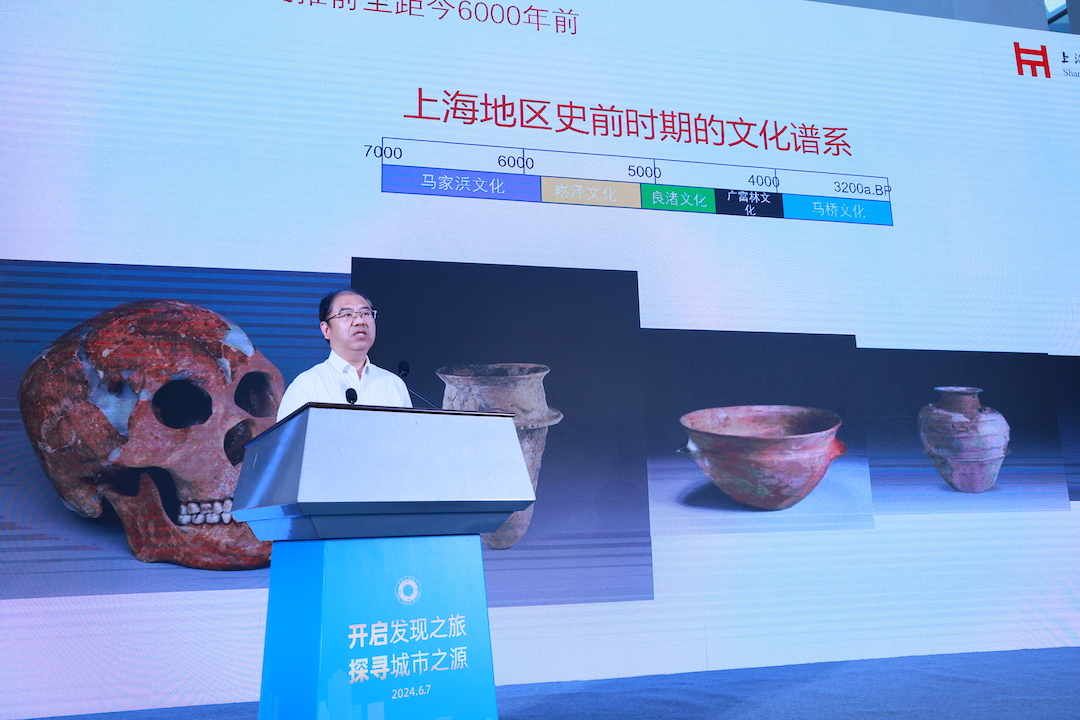
Chen Jie, the main venue of "Cultural and Natural Heritage Day" in Shanghai, released archaeological results
From the Majiabang Culture more than 6,000 years ago, through the Songze Culture and Liangzhu Culture, to the Guangfulin Culture 4,000 years ago, the Maqiao Culture during the Xia and Shang Dynasties, to the Qinglong Town ruins of the Tang and Song Dynasties, the Yuan Dynasty Daizhidanyuan Watergate Site, 45 ancient ruins clarify the development context of urban civilization.
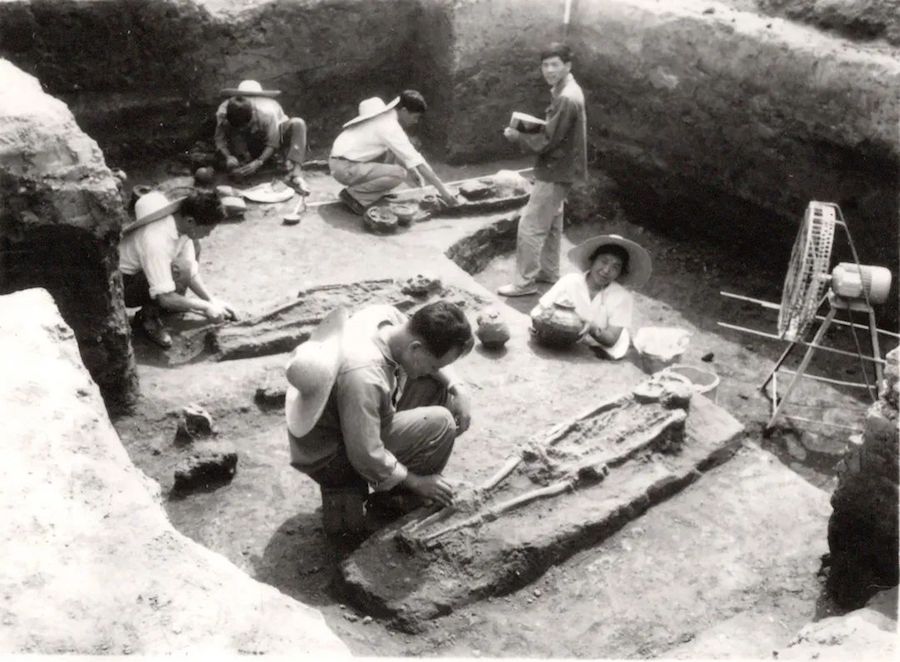
Photos of the tomb cleaning work at the Songze site in the 1960s

Vision of Fuquan Mountain in the 1980s
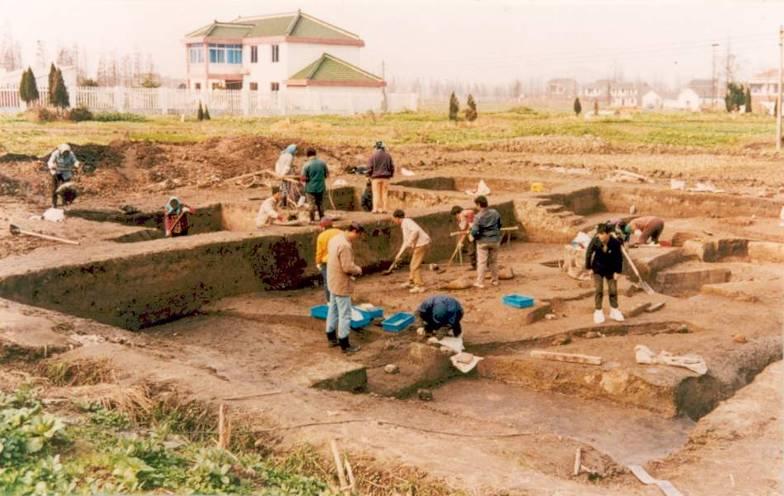
Scenes of excavation work at the Guangfulin site in the 1990s
Chen Jie said that archaeological work in Shanghai basically revolves around two major themes. One is to explore the origins of prehistoric civilization, and the other is to clarify the development context of urban civilization. The exploration of the origin of prehistoric civilization is centered on the Fuquanshan site. Archaeological excavations have proven that this is a high-level cemetery from the Liangzhu Culture period. Very rich relics have been unearthed, which help us understand the early civilization from the Songze Culture to the Liangzhu Period. The development model provides important evidence; in addition to the Fuquanshan site, general settlement sites such as the Zhelin site in Fengxian are also selected for archaeological excavation. The "Ship" and Qinglong Town sites are also being continuously excavated. This part of the archaeological work will help clarify the development of Shanghai's urban civilization and provide important archaeological evidence to prove that Shanghai relied on water to develop the city and Hong Kong to develop the city. Especially in recent years, at the Qinglong Town site, we have gained a clearer understanding of the town layout in the northern part of the site. Through the study of the roads, houses and other architectural remains in the main municipal layout at that time, it has been proved that the Qinglong Town site had already begun in the early Northern Song Dynasty. Becoming a relatively mature town further demonstrates its value on the Maritime Silk Road.
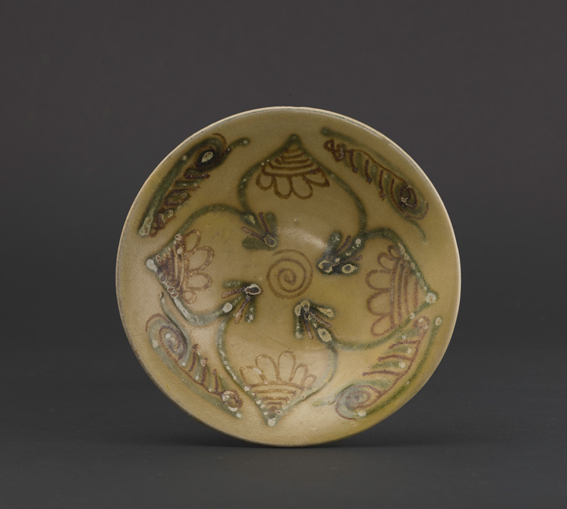
A Changsha kiln deformed bowl with lotus petals unearthed from the Qinglong Town site, Tang Dynasty
After nearly 90 years of unremitting efforts by the Shanghai archaeological community, archeology in the Shanghai area has achieved fruitful results. From the "nothing to be tested" on the asphalt road in the words of archaeological predecessors to the establishment of three major cultures, including Songze Culture, Maqiao Culture, and Guangfulin Culture. The archaeological culture named after the places in Shanghai; through a series of important archaeological results, the history of Shanghai has been pushed back to 6,000 years ago, clarifying the historical process of urban development; and providing important materials for exploring the origin and development of Chinese civilization.

Guangfulin Heritage Park
At the event site, Chen Jie also released key results on the recent archaeological work on the Fuquanshan Site, Zhelin Site, Qinglong Town Site, Yangtze Estuary Ancient Ship No. 2, and Huating Seawall (Fengxian Section), using archaeological evidence to highlight the Shanghai is of great significance in the formation and evolution of the integration of the Yangtze River Delta and even the pluralistic integration of Chinese civilization.

Qinglong Town Ruins
Exploring the origin of the city, the "Most Shanghai" cultural relics themed tour is released
The rich ancient cultural sites, timeless historical buildings, and exquisite collections of cultural relics are the unique cultural heritage of the city of Shanghai, and they are also part of Shanghai’s heritage and charm. In order to present the origin and development of Shanghai civilization to the public in a three-dimensional way, disseminate the concept of protection and inheritance, and promote the results of cultural heritage protection to benefit more citizens and tourists, the Shanghai Municipal Culture and Tourism Bureau released the first batch of "The Most Shanghai" cultural relics themed tour trails in Shanghai. According to Different themes connect cultural relics, buildings, famous attractions, intangible cultural heritage experiences, etc. in the region. Following these trails, citizens and tourists can better experience urban culture and feel the urban context.

"Cultural and Natural Heritage Day" is the main venue in Shanghai, and the first batch of "the most Shanghai" cultural relics themed tours in Shanghai are released
The first batch of "Most Shanghai" cultural relics themed tour trails in Shanghai include a total of ten cultural relics themed routes. Among them, "The Most Shanghai, Looking for the Source of Shanghai" passes through Shanghai Songze Heritage Museum → Qingpu Museum → Zhujiajiao Ancient Town → Fuquanshan Site → Qinglong Town Site A root-seeking route that can travel through six thousand years of history; "The most Shanghai, explore the ancient customs of Chunshen" passes through Jiading Confucius Temple → Guyi Garden → Zuibai Pond → Fangta Garden, explore ancient buildings and appreciate the charm of the south of the Yangtze River; "The most Shanghai, explore the unforgettable red memories "By checking in Shanghai's classic red attractions, you can measure the city's most glorious red road with your feet...
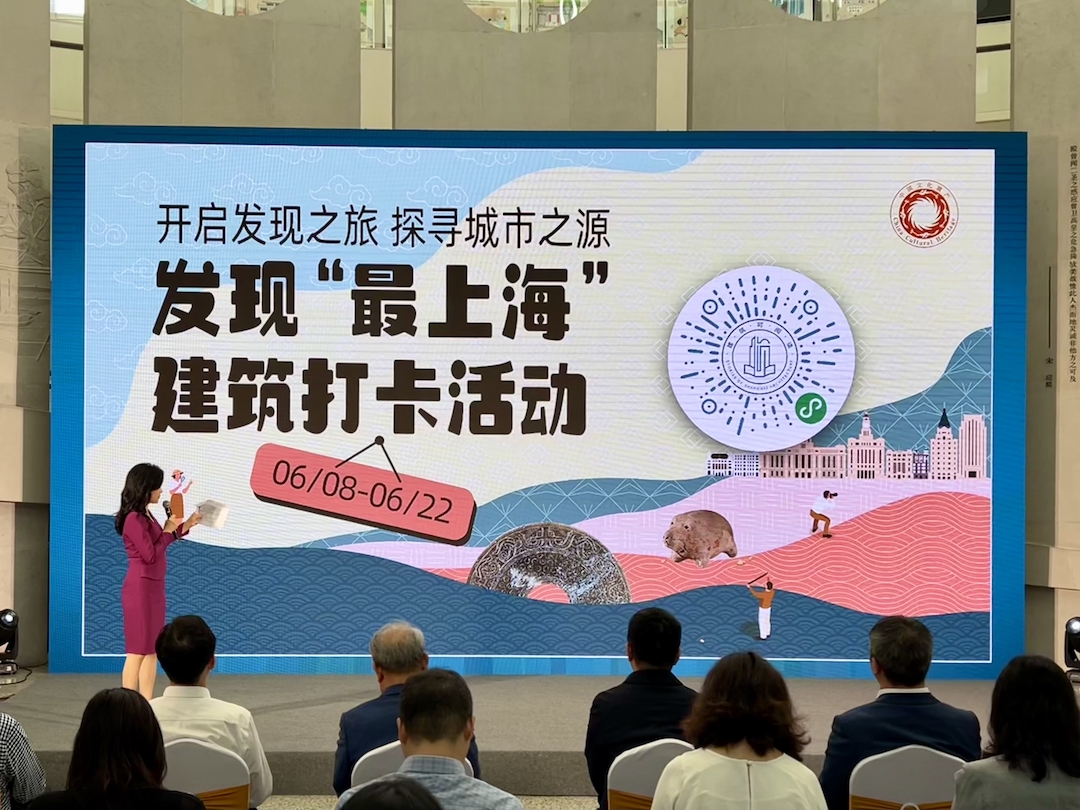
"The Most Shanghai" - Building Check-in Activity Starts
In conjunction with the release of the cultural relics theme tour, the "Architecture Readable" WeChat applet will launch a half-month discovery "most Shanghai" - building check-in activity from June 8. Citizens and tourists can use the WeChat applet to check in in the city. If you check in a certain number of cultural relics buildings, outstanding historical buildings and contemporary landmark buildings during the event period, you will be rewarded with corresponding cultural relics and cultural creative products.

Songze Heritage Museum (data map)
At the afternoon event, the image logo of Shanghai’s fourth cultural relics census was also released, which will be widely used in Shanghai’s promotional work related to the cultural relics census. In addition, there are more than 80 exciting online and offline themed activities. At the same time, nearly 40 cultural heritage buildings in Shanghai are open to the public for free before and after the "Cultural and Natural Heritage Day" to enrich the holiday cultural and tourism experience of citizens and tourists.

Shanghai’s Fourth Cultural Relics Census Image Logo

